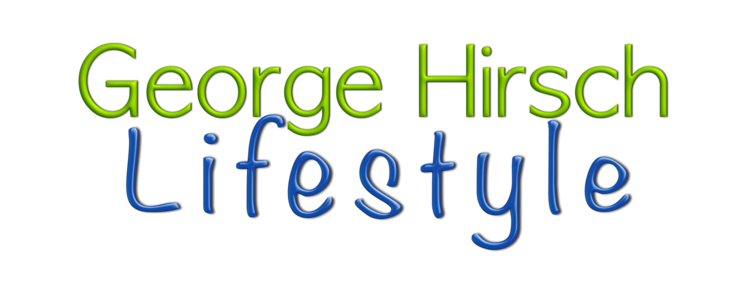George's Apple Pie
Makes 8 servings
chefgeorgehirsch.com | George Hirsch Lifestyle
1 recipe pastry for George’s Favorite Pie Crust, see below
1/2 cup unsalted butter
3 Tablespoons all-purpose flour
1/4 cup water
1 teaspoon vanilla
1/2 cup white sugar
1/2 cup packed brown sugar
6 medium size Granny Smith apples; peeled, cored and sliced
2 medium size Rome, gala or a sweeter apple; peeled, cored and sliced
1 teaspoon cinnamon
pinch of fresh ground nutmeg
Preheat oven to 425 degrees.
Melt the butter in a saucepan. Stir in flour to form a paste. Add water, white sugar and brown sugar, and bring to a boil. Reduce temperature and let simmer two minutes. Cool and mix with sliced apples.
Place the bottom crust in your pan. Fill with apples, mounded slightly. Cover with a top crust or a lattice crust. To add a richer color to a double-crust or lattice-topped pie, brush the top crust with an egg wash (1 egg beaten with teaspoon of water) before baking.
Bake 15 minutes at 425, reduce temperature to 350 degrees. Continue baking for 35 to 45 minutes, until apples are soft.
For a nice shine, as soon as the pie is removed from oven, mix a quarter cup of light corn syrup with a couple Tablespoons of water. Boil for 3-5 minutes. When the pie is done, brush the thinned syrup over the top of the crust.
Optional:
Add 1/4 cup plump raisins, cranberries or walnuts to apple filling
*George’s Favorite Pie Crust
Makes 1 pie or 2 bottom crusts
1/2 cup butter
1 1/2 cups all-purpose flour
1/2 teaspoon salt
1 teaspoon sugar
1 teaspoon baking powder
1/2 cup cold milk
Chill the butter and milk before you begin. Chilling keeps the pie crust flaky and prevents the fat pieces from melting into the flour and becoming tough.
Next, mix the flour, salt, sugar and baking powder. Cut the chilled butter into the dry mixture using a pastry cutter or by pinching the fat into the mixture with your hands. The mixture should have fat lumps no larger than the size of raisins. If making pie crust in the summer time cool off the flour by measuring your flour and refrigerate one hour before making dough.
Pour in the chilled liquid just until the milk is absorbed, mixing gently with a fork. You should be able to gently press the dough into a ball. Mix the dough as little as possible: you don't want to cream the lumps of butter into the flour. A crust without lumps of butter will be dense, not flaky. Note that humidity will affect how much liquid the flour will absorb.
Split the dough into two parts; 2/3 and 1/3 (2/3 for the bottom and 1/3 for the top). Pat them into balls, flattening them slightly, and wrap them in plastic wrap. The dough needs to rest in the refrigerator for at least 30 minutes. Overnight is preferred. Chilling lets the flour absorb all of the liquid, lets the dough relax and become more elastic, and keeps the fat in separate pieces which will give the crust a lighter texture when it is baked.


